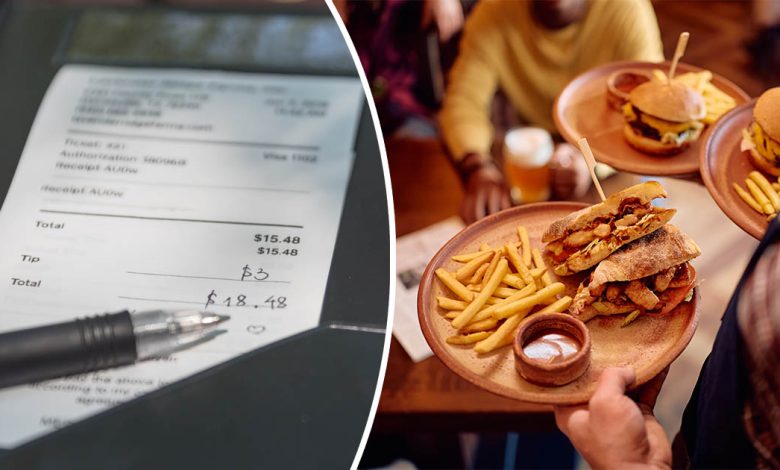Expert share ‘incredibly effective’ tricks restaurants use to scam customers

ADVERTISEMENT
🥘 Are Restaurants Using Psychological Tricks to Influence What You Order? Absolutely—Here’s How
ADVERTISEMENT
Dining out is one of life’s simple pleasures—a chance to enjoy good food with family or friends. But nothing sours the experience faster than realizing you may have been subtly manipulated into spending more than you intended.
ADVERTISEMENT
Behind those beautifully designed menus and cozy atmospheres are intentional strategies aimed at steering your choices and maximizing your tab. And according to experts, these techniques are more common—and more clever—than most diners realize.
🧠 Menu Manipulation: Designed for Snap Decisions
Fred Harrington, CEO of Proxy Coupons, notes that most diners choose what to order in under 90 seconds. That means menus are built to prompt quick, impulsive decisions rather than thoughtful comparisons. Think strategic placement, bold fonts, and mouthwatering descriptions—not just aesthetics, but psychological hooks.
“Menus are designed to capitalize on fast decision-making,” Harrington explained.
💸 Price Positioning: The Illusion of Value
It’s no accident that many menus list food descriptions first, with prices tucked subtly afterward. Dr. Jason Buhle, a USC lecturer, says this is a tactic to shift your focus away from cost and onto cravings.
“The goal is simple: make the food the priority, and the price secondary,” he says.
And then there’s anchoring—a method where one item is priced noticeably higher to make everything else seem more affordable by comparison. It’s marketing math at its sneakiest.
📖 Descriptive Labeling: Selling the Feeling
Menus don’t just sell food—they sell emotion. According to Harrington, longer, more descriptive dish names make people assign more value to them—even if what’s on the plate isn’t all that special.
And that “Grandma’s Apple Pie” listed on the dessert page? It’s not just dessert—it’s nostalgia. Aaron Allen & Associates, a global restaurant consulting firm, notes that emotionally charged descriptions tap into sentiment, making certain dishes irresistible—even if they’re ordinary.
“A carefully worded dish can load it with emotional resonance that’s hard to resist,” they explain.
🚨 So What Can You Do?
- Be aware of anchoring: That overpriced steak isn’t just on the menu—it’s a benchmark.
- Look past the adjectives: “Handcrafted,” “home-style,” and “artisan” are often more about branding than quality.
- Scan strategically: Don’t rush your order—give yourself a full view of prices and options.
- Ask questions: Don’t be afraid to clarify ingredients or portions. You’re paying, after all.
In the end, it’s not about avoiding restaurants—it’s about being a conscious diner. The next time you sit down at a restaurant and open the menu, remember: the real meal starts with how you think.




